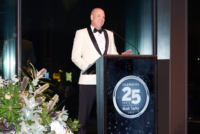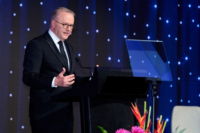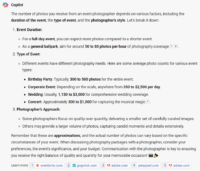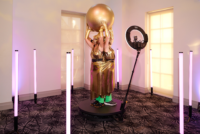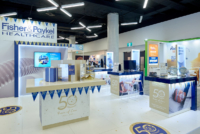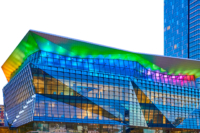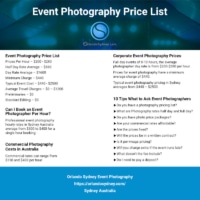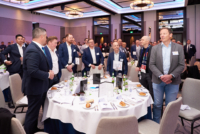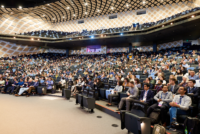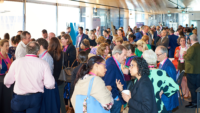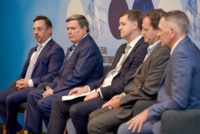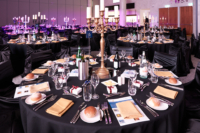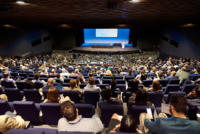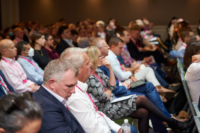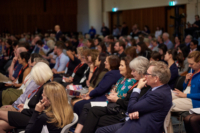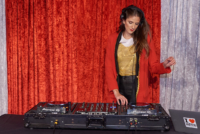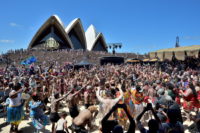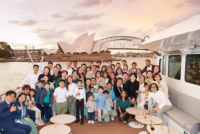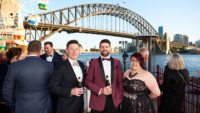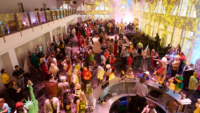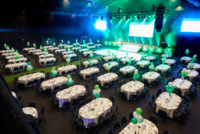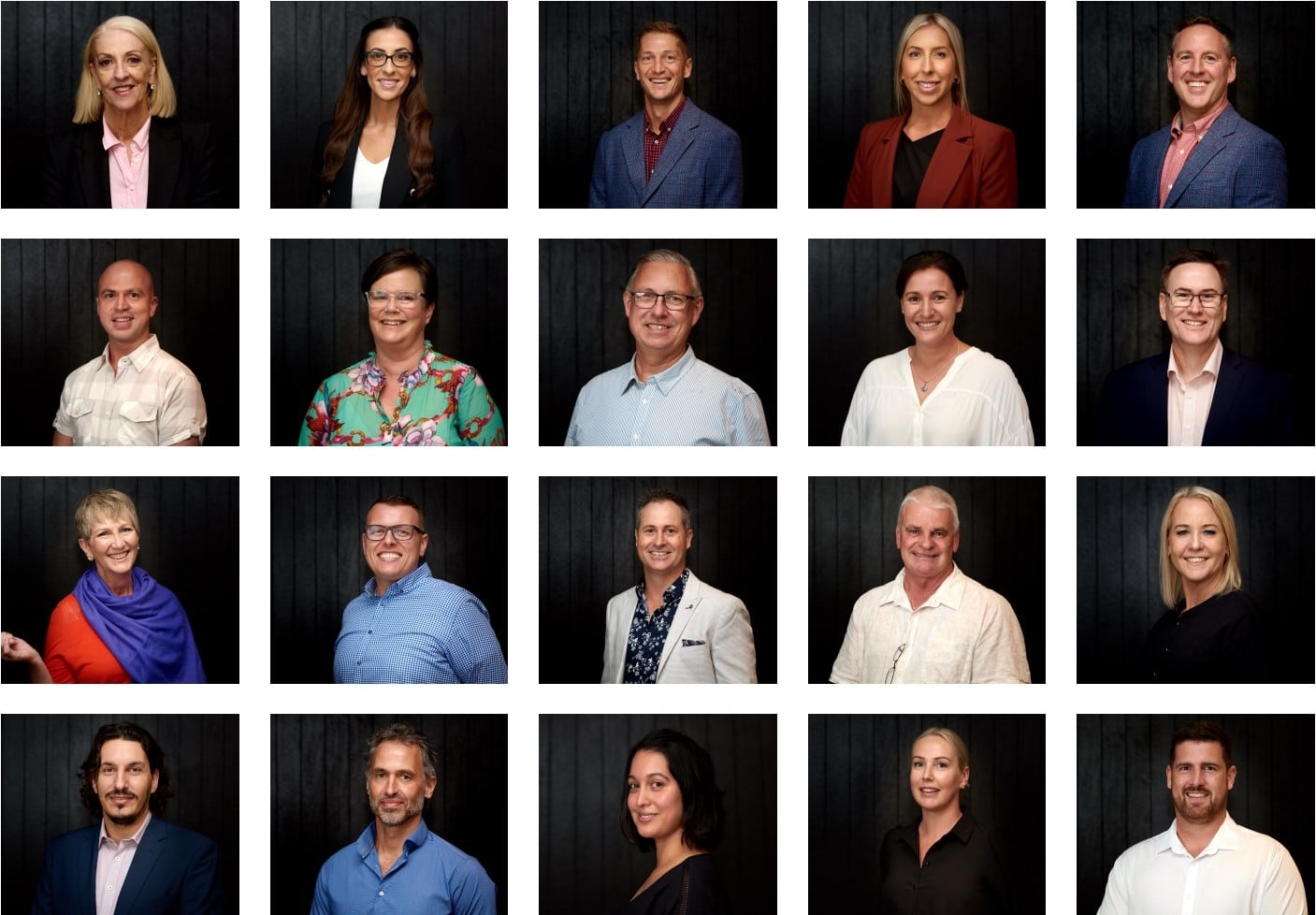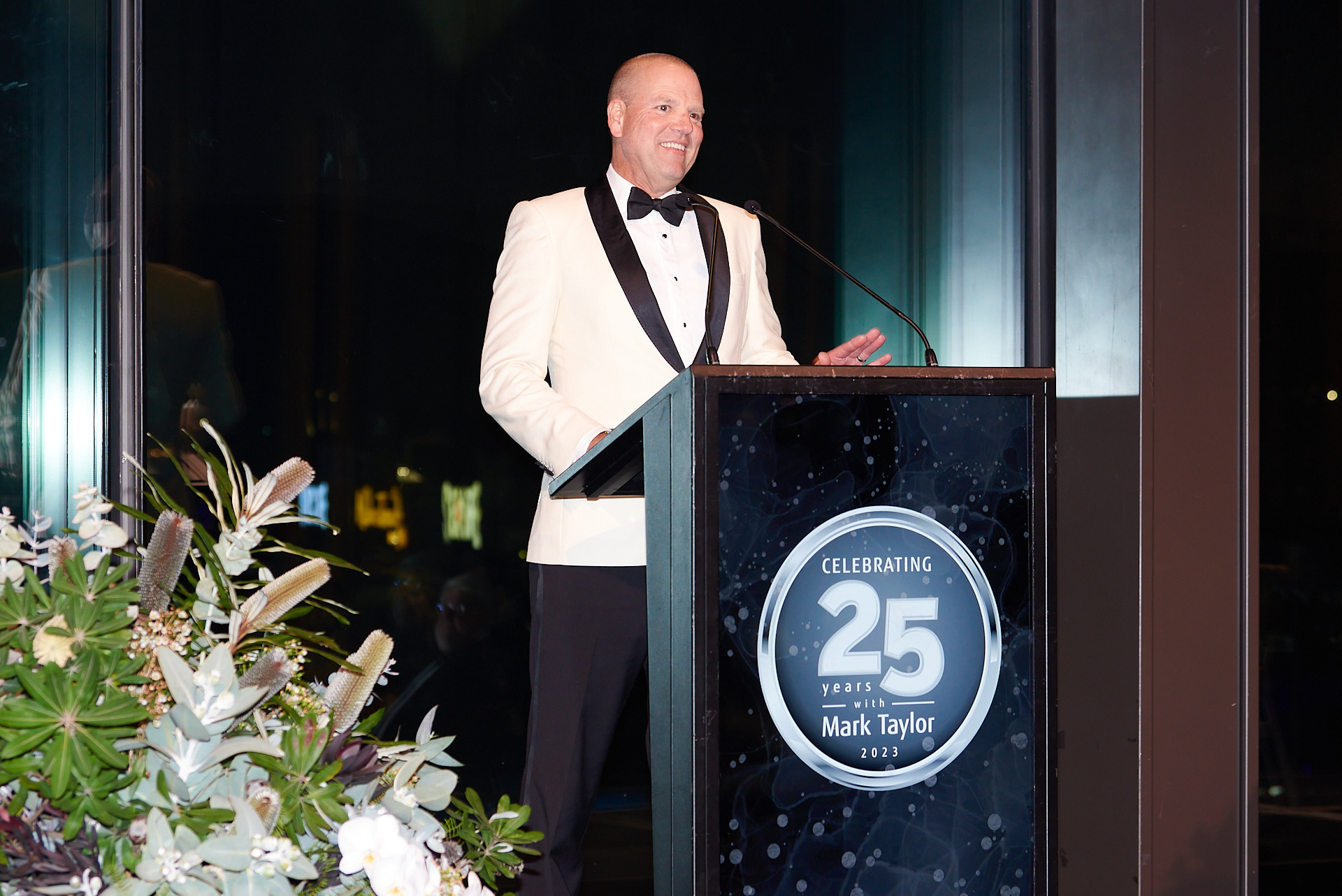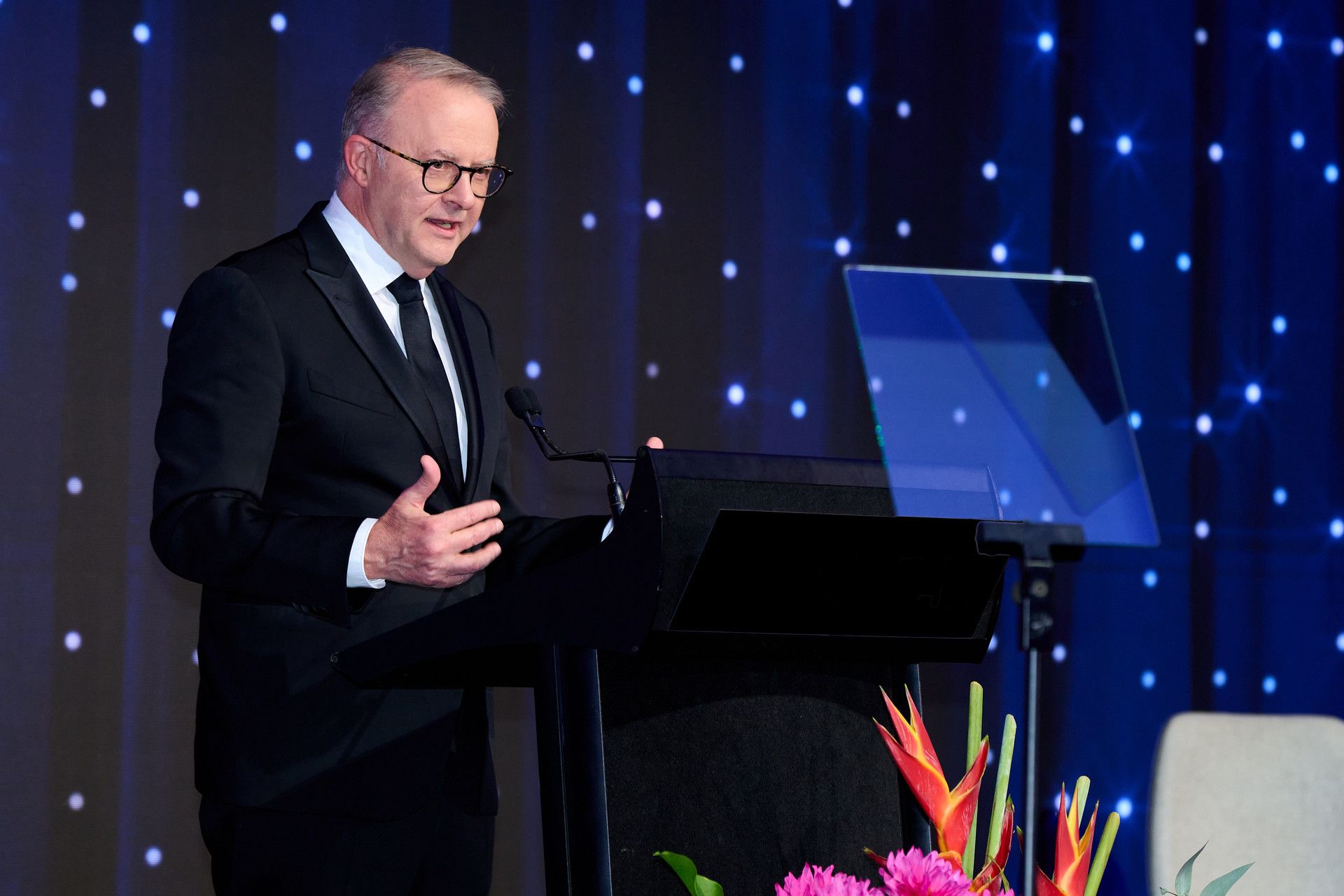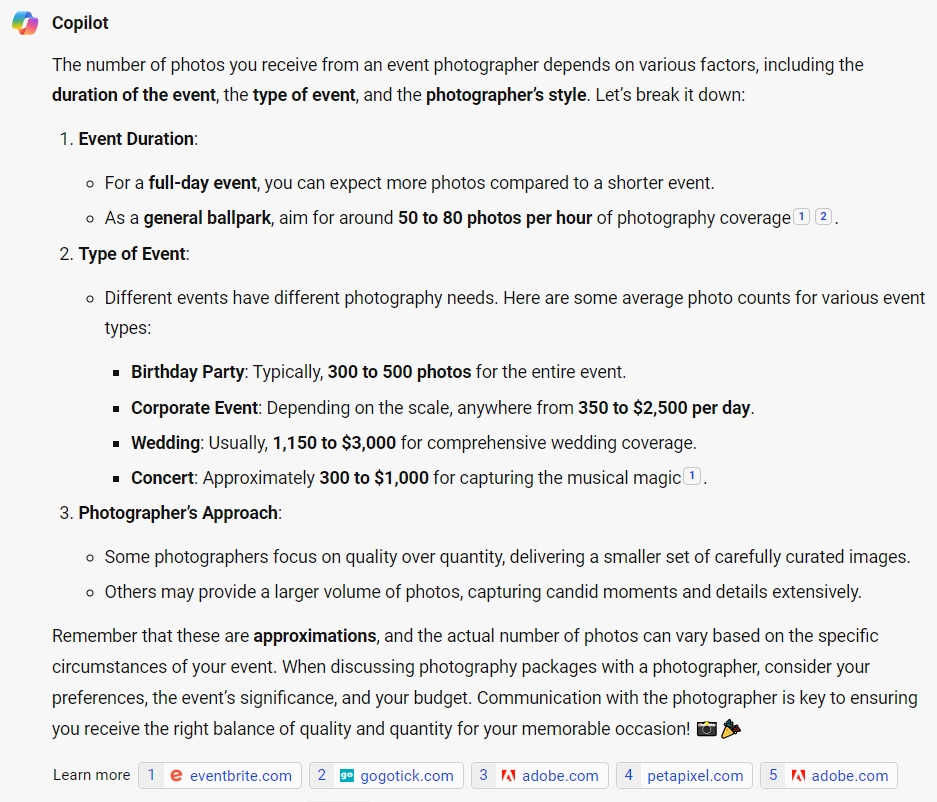How to Measure Event Success
Metrics for Assessing Memorable Guest Experiences
This the ultimate guide on measuring event success and uncovering the metrics that truly capture the essence of memorable guest experiences. Whether you’re organizing a corporate event or conference, a product launch, or a social gathering, understanding the impact of your event is crucial for future planning and growth. In a world where events play a vital role in fostering connections and leaving lasting impressions, it is essential to go beyond the surface-level metrics and delve deeper into what truly matters to your attendees.
Indicators and Methods Overview
Measuring or determining whether guests had a memorable experience at an event can be a subjective task, as the perception of a memorable experience can vary from person to person.
However, there are several indicators and methods that event planners and organizers can use to gauge the level of guest satisfaction and the impact of the event. Here are some ways to measure the memorability of an event:
Surveys and Feedback
Conducting post-event surveys or feedback forms can provide valuable insights into attendees’ experiences. Ask specific questions about their overall satisfaction, favourite moments, aspects they enjoyed the most, and any suggestions for improvement. Collecting quantitative and qualitative data through surveys can help you understand the extent to which guests found the event memorable.
Social Media and Online Engagement
Monitor social media platforms for posts, comments, and shares related to the event. Positive and enthusiastic posts, photos, and videos shared by attendees indicate a memorable experience. Analysing online engagement metrics such as reach, impressions, and sentiment analysis can give you an idea of how well the event resonated with guests.
Repeat Attendance
If guests return to attend the event in subsequent years or express interest in future events, it suggests that they had a positive and memorable experience. Tracking the number of repeat attendees can be an indicator of the event’s success in creating lasting impressions.
Word-of-Mouth Recommendations
Pay attention to what attendees say about the event to their friends, colleagues, or networks. Positive word-of-mouth recommendations indicate that guests had a memorable experience and are likely to speak highly of the event.
Media Coverage and Reviews
Evaluate media coverage, press releases, and reviews of the event from journalists, bloggers, influencers, or industry experts. Positive reviews and extensive media coverage can contribute to the perception of a memorable event.
Emotional Impact
Assess the emotional responses and engagement of attendees during the event. If guests display enthusiasm, excitement, or other positive emotions, it suggests that they are having a memorable experience. You can observe this through crowd reactions, interactions, and participation in activities or sessions.
Long-term Impact
Consider the long-term impact of the event on attendees. Did they gain valuable knowledge, skills, or connections? Did the event inspire them to take action or change their perspective? Assessing the lasting effects and changes resulting from the event can help gauge its memorability.
Additional Considerations for Improving Engagement Times
Unique Experiences: Events that offer unique, unexpected, or extraordinary experiences are more likely to leave a lasting impression on attendees. Consider whether the event provided memorable moments, such as special performances, interactive activities, immersive installations, or surprise elements that added a wow factor.
When was the last time you saw live music being played at a business trade show? Never perhaps? There are many ways of providing a better more holistic experience than just the old traditional ones.
Personalization and Customization: Events that personalize the experience for attendees based on their preferences or needs can enhance memorability. This can include personalized greetings, customized content, tailored recommendations, or personalized gifts. Assess whether the event offered opportunities for personalization and how well it resonated with guests.
Emotional Connection: Events that evoke strong emotions in attendees are often remembered more vividly. Assess whether the event managed to create emotional connections through storytelling, impactful presentations, heartfelt moments, or shared experiences. Emotional resonance can contribute significantly to the memorability of an event.
Aesthetic and Visual Appeal: The visual appeal and overall aesthetics of an event can enhance its memorability. Consider whether the event design, décor, lighting, and visuals created a visually captivating atmosphere. Striking visuals and a cohesive aesthetic can contribute to a memorable experience for attendees.
Convenience and Comfort: The ease of navigation, availability of amenities, and overall comfort provided to guests can impact their perception of the event. Assess whether the event venue had clear signage, comfortable seating areas, accessible facilities, and efficient crowd management. A well-organized and hassle-free experience can contribute to a memorable event.
For example, at the ICC Sydney in the Trade Halls they have gender toilets on opposite sides of 20 000m2 hall. So if you’re walking with colleagues of mixed gender it is very inconvenient.
Surprise and Delight: Events that incorporate unexpected or delightful elements can leave a lasting impression on attendees. This can include surprise guest appearances, unexpected gifts or perks, exclusive access, or unique moments that go beyond attendees’ expectations. Evaluate whether the event offered any surprising or delightful experiences that enhanced memorability.
Interactive and Participatory Elements: Events that encourage active participation and engagement from attendees often result in more memorable experiences. Consider whether the event included interactive activities, workshops, gamification, or opportunities for attendees to contribute, share, or collaborate. Interactive elements can enhance engagement and create memorable moments.
Can Photos be Used to Measure the Success of an Event?
Yes, photos can be used as a valuable tool to measure the success of an event. Here’s how photos can contribute to evaluating the success of an event:
Visual Documentation
Photos provide visual documentation of the event, capturing key moments, activities, and the overall atmosphere. They can showcase the event’s scale, engagement, and aesthetic appeal. Reviewing the photos can help organizers assess whether the event visually met their objectives and if it conveyed the desired message.
Attendee Engagement
Analysing photos can reveal the level of attendee engagement during the event. Look for photos that capture guests actively participating, interacting with exhibits, networking, or expressing enjoyment. These photos demonstrate the success of the event in creating engaging experiences and memorable interactions.
Social Media Impact
Photos shared on social media platforms offer insights into the event’s reach and impact. Monitoring hashtags, tags, and mentions associated with the event can provide a sense of the event’s social media presence. Assess the quantity and quality of user-generated photos, as well as the engagement (likes, comments, shares) they receive. Positive and widespread social media coverage through photos can indicate a successful and memorable event.
Branding and Visual Identity
Photos can help assess the effectiveness of the event’s branding and visual identity. Look for consistency in branding elements such as logos, colours, and event signage in the photos. If the brand is prominently displayed and cohesive throughout the event, it reflects successful brand integration and recognition among attendees.
Are there photos that can be used on the organisers website to promote the next event. If yes then that a good indicator of reaching you reached your target market and they engaged.
Memorable Moments
Photos can capture the highlights and memorable moments of an event. Look for photos that showcase unique experiences, special performances, emotional connections, or interactive activities. These images demonstrate the success of the event in creating impactful and memorable moments for attendees.
Audience Reactions
Facial expressions and body language captured in event photos can provide insights into attendees’ reactions and emotions. Analyse the photos for signs of joy, excitement, engagement, or positive interactions. These visual cues indicate that guests had a memorable and enjoyable experience.
When utilising photos to measure the success of an event, it’s essential to collect a diverse range of images that represent various aspects of the event. Combining the analysis of photos with other evaluation methods, such as surveys and feedback, can provide a more comprehensive understanding of guest experiences and the overall success of the event.
How Much Time Guests Stay at an Event
The duration of time that guests stay at an event can be a relevant factor to consider when evaluating the success and memorability of the experience.
Here’s how the duration of guest stay can contribute to the evaluation measurement.
Engagement Level
If guests are actively engaged and choose to stay for the entire duration of the event, it suggests that they found the content, activities, and overall experience compelling and enjoyable. It indicates that the event succeeded in capturing their interest and keeping them engaged throughout.
One type of activation to improve engagement time and add value is to have an event headshot station. That is, have a mobile studio set up at the conference or trade show and offer free or sponsored headshots. It raises the bar for the sector and keeps attendees at the event longer.
Active and Dynamic Networking Opportunities
Events often provide valuable networking opportunities for attendees. If guests stay for an extended period, it may indicate that they are making connections, engaging in conversations, and finding value in the networking aspect of the event. This can contribute to a memorable experience as attendees build relationships and expand their professional or social networks.
This can be enhanced by the organiser providing specific time on the program for speed networking sessions. It can be sponsored or run by one of the Platinum or Gold Sponsors to also help them gain extra visibility.
Content Relevance and Quality
The duration of guest stay can reflect the perceived value and quality of the event’s content and sessions. If attendees choose to remain for the entire duration, it suggests that the content was relevant, informative, and engaging. On the other hand, if guests leave early, it might indicate that they did not find the content compelling or it did not meet their expectations.
Overall Satisfaction
The duration of guest stay can be an indirect indicator of their overall satisfaction with the event. If attendees are enjoying the experience and finding it memorable, they are more likely to stay for a longer time. On the contrary, if guests are dissatisfied or not enjoying the event from the first 10 minutes, they may leave earlier than they planned.
Monitoring the average duration of guest stay can help assess the overall satisfaction level of attendees.
While the duration of a guest stays can provide insights into the event’s success, it’s important to consider other factors as well. It’s possible that external factors, such as time constraints or personal commitments, work loads, may influence attendees’ length of stay. Always use a number of other metrics, such as surveys, feedback, and overall engagement levels, to gain a comprehensive understanding of the event’s memorability.
Conclusion
These factors are not exhaustive, and the memorability of an event is subjective to each individual attendee. It’s important to evaluate a combination of factors, including those mentioned earlier, to gain a comprehensive understanding of the overall success and impact of an event.
Photo of Engaged Audience at a Business Event

